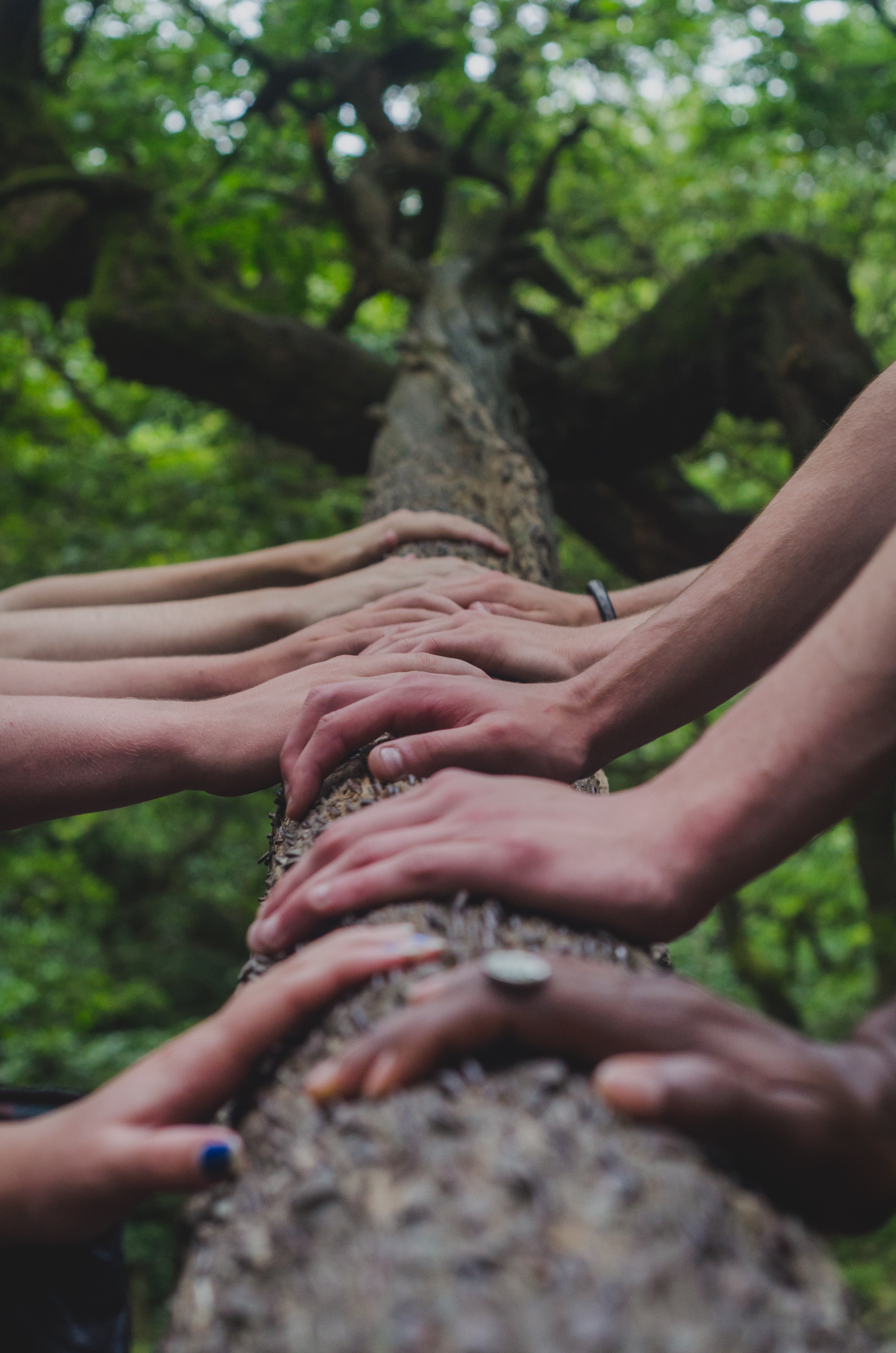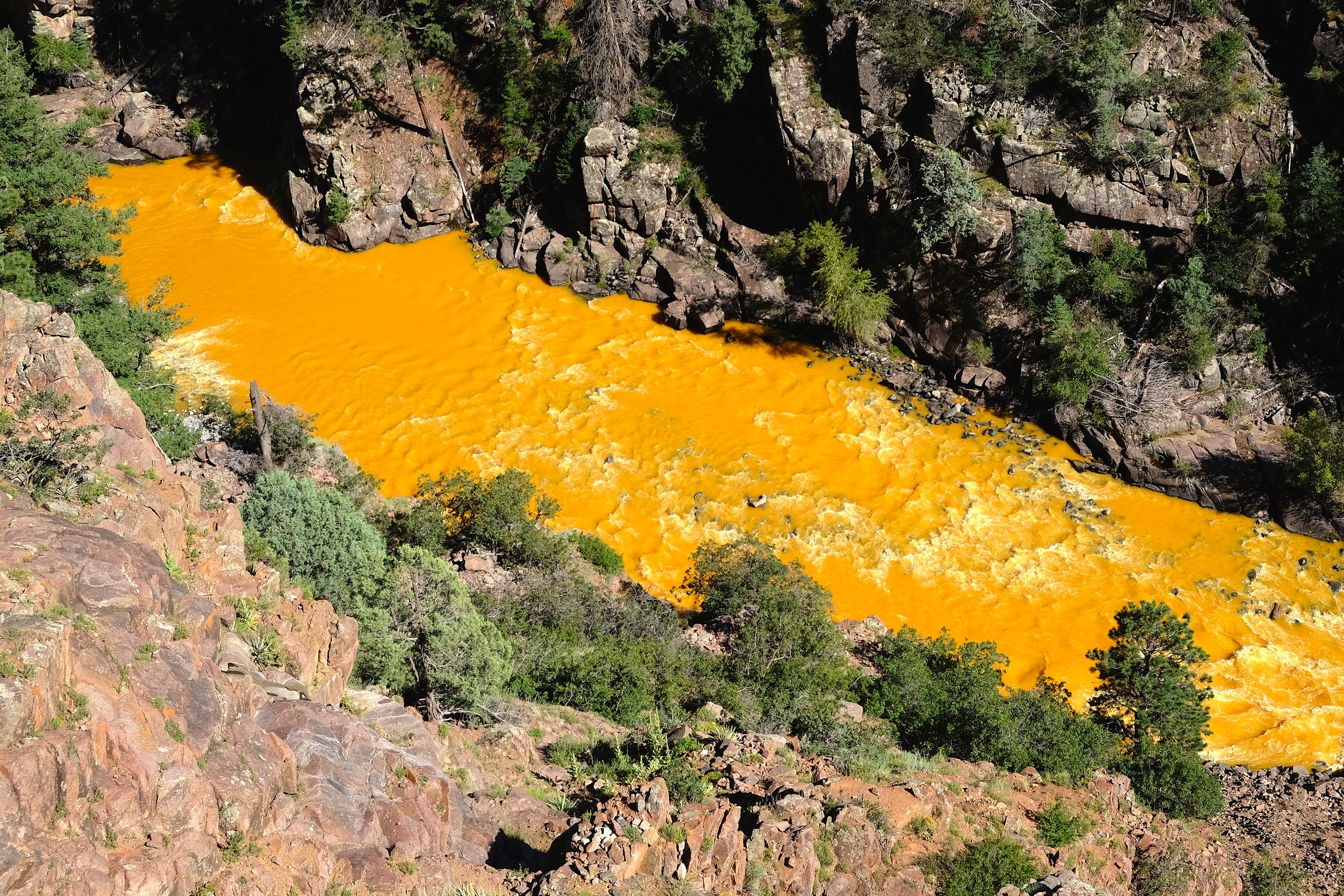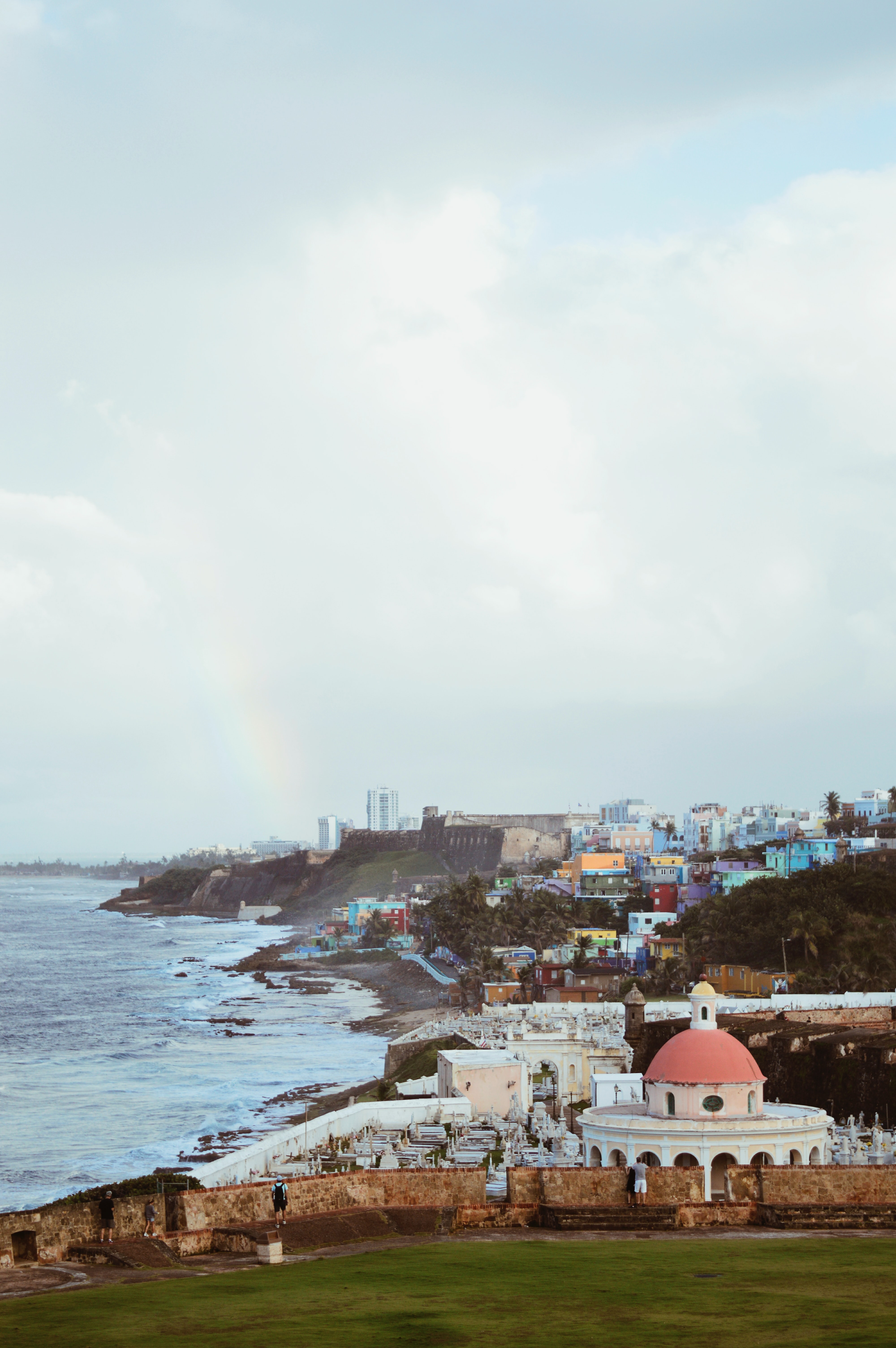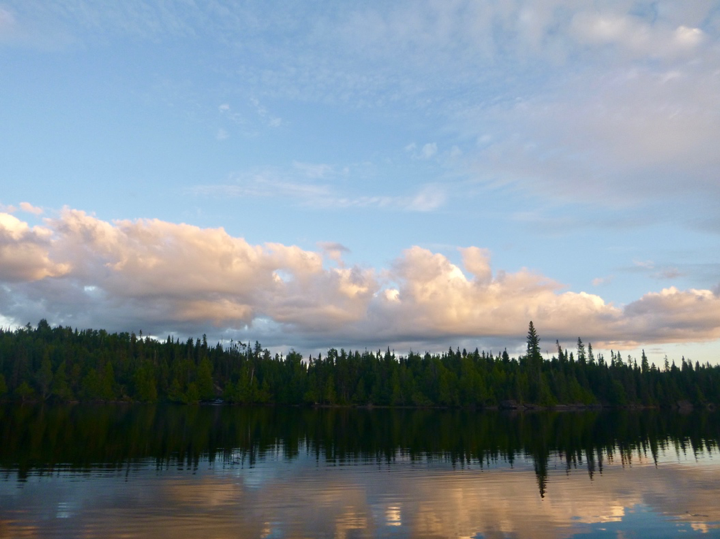How many of you drove here?
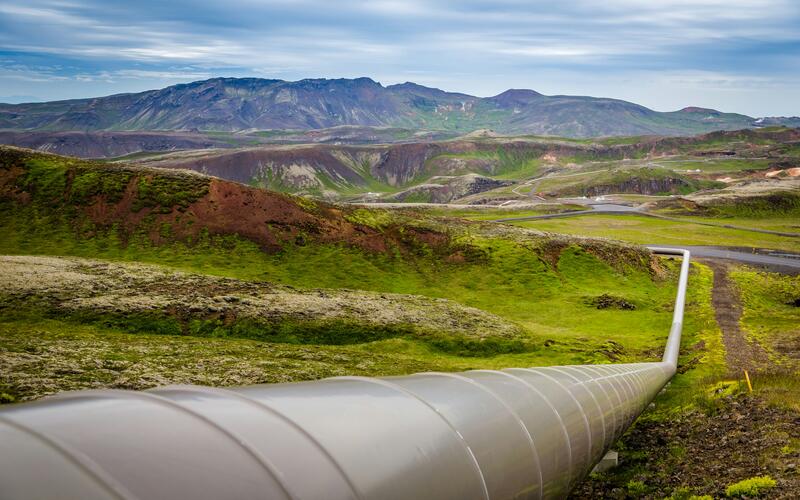
How many of you drove here?
Imagining a just transition can be difficult as fossil fuel companies curate a culture of dependency. The Line 3 protests contain valuable lessons for rebelling against a fossil fuel dependent future.
Burrell, M., Grosse, C., & Mark, B. (2022). Resistance to petro-hegemony: A three terrains of power analysis of the Line 3 tar sands pipeline in Minnesota. Energy Research & Social Science, 91, 102724.
It was the kind of cold that turned a warm, hearty bowl of chili into a popsicle. Enbridge had begun construction of the Line 3 oil pipeline in Northern Minnesota in the winter of 2020. Despite frigid temperatures, Indigenous leaders and climate activists (also known as “water protectors”) assembled to protest Line 3 on the frontlines—huddling together for warmth, singing “water is life.”
What convinced these protestors to brave the -50°F wind chill? Activists were concerned about what Line 3 transports: tar sands, the most carbon-intensive form of oil. Line 3 also violates treaty rights of Indigenous peoples in Minnesota who fish, gather wild rice, and pray with rivers impacted by Line 3. To them, these waterways are sacred.
As part of community-driven research, scholars Melissa Burrell, Dr. Corrie Grosse, and Brigid Mark interviewed water protectors about the barriers to and solutions for fighting the construction of the pipeline. The scholars identify as white settler scholar activists, working in solidarity with coalitions of Native and non-Native Line 3 activists to evaluate leverage points and support a more imaginative, regenerative economy.
In their interviews, they found proponents of Line 3 used the argument of dependency to defend pipeline construction. In this way, the fossil fuel industry encourages consent from individuals to concede to construction. Climate organizer Dr. Theo LeQuesne defines this form of consent building as petro-hegemony. Petro refers to the petroleum industry, and hegemony refers to political or cultural power and control.
Construction approval for Line 3 came from the Minnesota Public Utilities Commission (PUC). While the PUC invited public comments, they did so in a way that privileged voices in support of pipeline construction. Many pipeline proponents began public commentary with the question “How many of you drove here?”, a question directed toward Line 3 opponents, which shifted the burden of fossil fuel construction to the individual rather than the industry. Furthermore, when water protectors attempted to attend the public PUC meetings to discuss Line 3 construction, they found the spaces to be exclusive and competitive. For example, members of fake grassroots organizations funded by the Canada-based fossil fuel company Enbridge promoting Line 3 benefited from hotel rooms that Enbridge paid for, allowing them to arrive early in the morning and claim limited public seats. Native nations were given inadequate representation in the proceedings.
Enbridge and pipeline supporters also created procedural barriers for water protectors to intervene in stopping Line 3. While the PUC conducted an environmental assessment of the geographic area surrounding the pipeline, Indigenous concerns were dismissed because assigned consultants did not demonstrate sensitivity towards the cultural and social impact of the pipeline. These factors made it challenging for Traditional Ecological Knowledge (TEK) to shape the assessment of the pipeline.
Throughout Line 3 construction, protectors were met with a fierce military-style response. The pipeline company, Enbridge, paid a special police task force to police water protectors resisting the pipeline. Security enforcement that used pepper spray and rubber bullets, as well as the threat of arrests and felony charges, aimed to discourage water protectors from taking action.
But despite these threats, resistance still bubbled up against the Line 3 petro-hegemony, specifically in the form of carbon rebellion, a term coined by Dr. LeQuesne. Carbon rebellion reimagines the global economy as one less dependent on fossil fuel energy. Instead, it runs on Indigenous-led renewable energy and sustainability. To fight Line 3, water protectors took legal action, constructed resistance camps, and transitioned from fossil fuels to renewable energy. The water protectors used the Paris Agreement, Indigenous treaties, and rights of nature as legal tools to shift power away from companies reliant on fossil fuels. Such political and legal strategies countered Enbridge’s power-over relationship infrastructure. Instead, power-with resistance camps led by Indigenous elders cared for fellow water protectors with food, water, and reciprocal community care.
Water protectors are committed to securing their present and future sovereignty. Indigenous peoples are working towards a future less reliant on fossil fuels through creating solar power manufacturing companies like 8th Fire Solar, or Native Sun Community Power Development, which is building an intertribal electric vehicle charging network. Rebelling against carbon dependency, water protectors advocate for just and clean energy.
Despite the climate crisis implications of a fossil fuel-dependent world, Enbridge succeeded in constructing Line 3. Installation finished in September 2021. Nevertheless, Indigenous-led climate action persists and demonstrates essential strategies to dismantle carbon-intensive systems through promotion of renewable and regenerative economies. In this way, “water is life” can be interpreted as a powerful statement about how rebellion against a culture dependent on fossil fuels—petro-hegemony—is necessary to protect water as a source of life.

